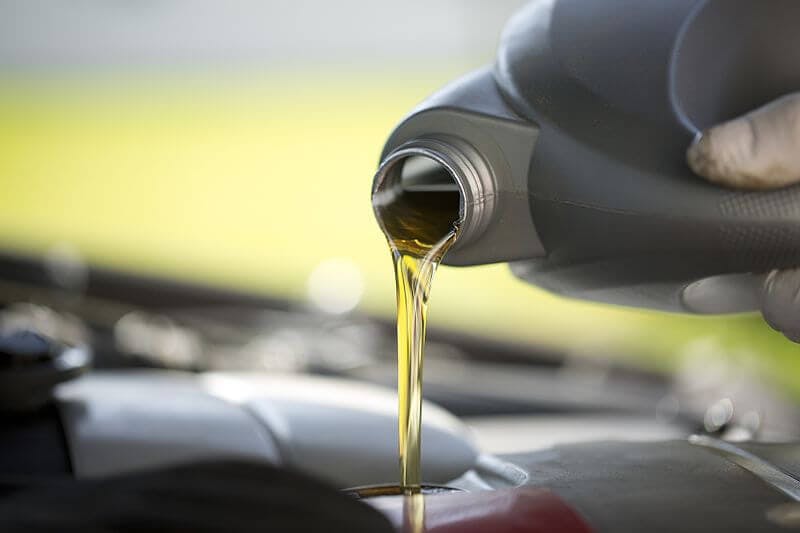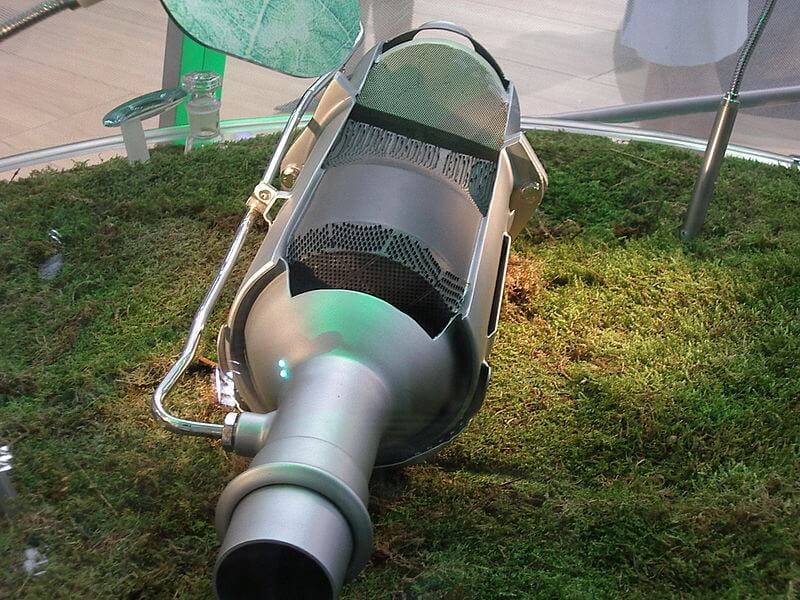Cold Engine: What happens in the engine as it warms up?

Cold starts harm the engine, no matter the outside temperature. However, the lower the outside temperature, the longer it takes for the engine to warm up to the operating temperature, meaning that these adverse effects affect the engine for a longer period.
Today's article will focus on what happens in the engine during warm-up to its operating temperature.
Inhaltsverzeichnis
When we talk about a cold engine, we mean an engine that is not warmed up to its operating temperature, regardless of the time of year or the outside temperature.
Insufficient lubrication of mechanical parts:

While the engine is cold, insufficient lubrication causes more wear on the engine's mechanical parts. The engine oil is solidified, has a higher density, and the oil pump cannot generate enough pressure to get the oil into the lubrication system.

Engine Oil Classification Explained
The oil film is thus insufficient on the contact surfaces of the mechanical system. The result is insufficient lubrication of the engine's moving parts, their greater wear, and higher fuel consumption and exhaust gas emissions due to the engine's greater load.
That's why you should wait about 20 to 30 seconds after starting the car before you start driving. Of course, this doesn't mean stepping on full throttle immediately and setting off! While the engine has not yet reached operating temperature, you should drive carefully, with a light foot, and not put too much stress on the engine. The engine speed should not exceed the limit of 2500 revolutions per minute, but the engine should also not be kept at very low revolutions. By that, I mean below the limit of 1500 revolutions per minute because then the load on the engine is even greater.

Blue Engine Coolant Light: What does it mean? 🥶
WARNING! Do not forget that water heats up much faster than engine oil, so you should not load the car immediately after the coolant temperature indicator shows the correct temperature or after the blue coolant light goes out.
Higher fuel consumption:
If the engine is cold, fuel consumption increases significantly. A cold engine needs more fuel (richer mixture) for smooth operation and sufficient performance. However, fuel consumption increases due to higher idling speeds, greater load, or fully activated air conditioning or heating.
Leaving the heat and air conditioning off while the engine warms up to operating temperature would be a good idea. In this way, the engine will warm up much earlier, and you will save a considerable amount of fuel.
Increased exhaust gas emissions:
In addition to insufficient lubrication of the engine's mechanical parts and increased fuel consumption, exhaust gas emissions are almost doubled.

This is because the engine burns a richer mixture, cold engine oil has a higher density (therefore resistance), and the catalytic converter has not yet reached its operating temperature. The catalyst needs to reach its operating temperature for its proper operation. But that's not all.

Diesel Particulate Filter: What is it, and how does it work?
A much worse situation occurs in the case of diesel engines that are equipped with a diesel particulate filter. For it to function properly, it needs to reach a temperature of approximately 600 °C. Otherwise, the particulate filter will become clogged with deposits, significantly shortening its service life.
Cold engine in case of LPG and CNG cars:
Burning LPG or compressed natural gas CNG is problematic with a cold engine. That is why these engines are not started on gas but on gasoline, and only after the engine reaches the correct temperature the control unit switches the engine to LPG or CNG fuel.
In conclusion, I would add that frequent cold starts of the engine significantly shorten the engine oil change interval. So, if you drive mainly short distances, on which your car's engine does not have time to warm up to its operating temperature, you should shorten the engine oil change interval.